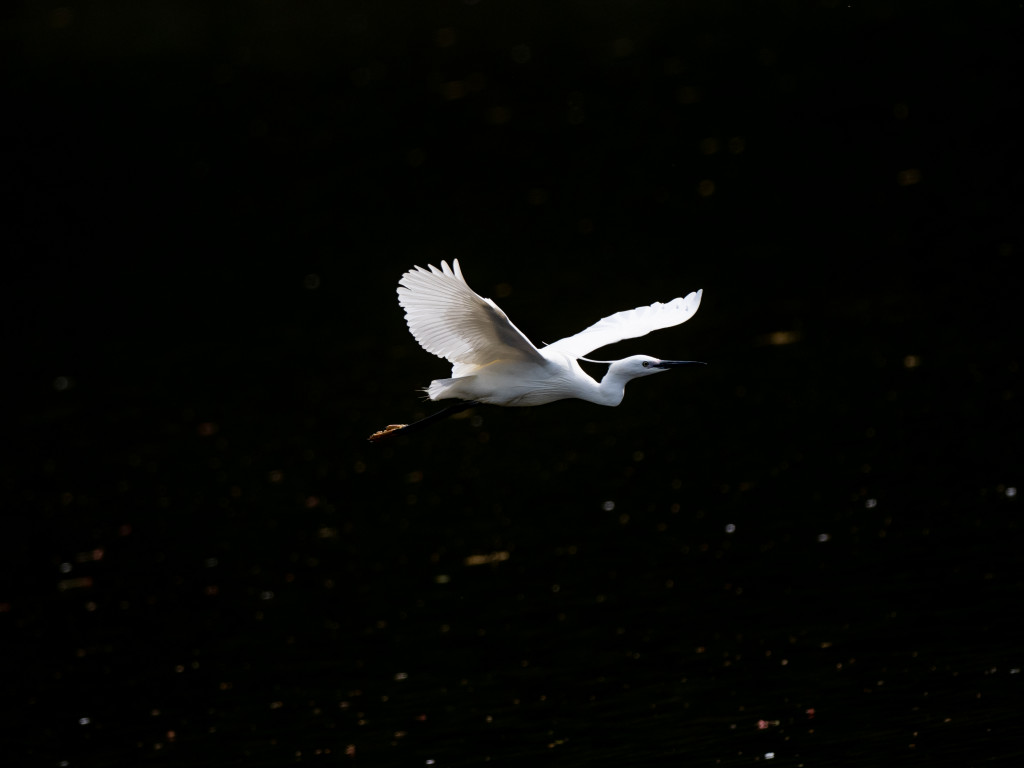Pests are animals that are types of animals that live on or around your property. Some pests, like termites, can cause damage to your home. Others, like mosquitoes, can carry diseases that can make you sick. Still others, like rats and mice, can contaminate your food. However, not all pests can be found in the ground. Some of them can fly.
People don’t always consider birds as pests, but once they’ve become numerous enough and have nested inside homes, they get the status of being pests.
Different Types of Birds Considered as Pests
Feral Pigeons
Not all pigeons are pests, but because they’ve numbered by the millions in the last few years, it’s easy to identify them as one. Feral pigeons are pests because they steal people’s food and even attack people. Feral pigeons live in large numbers in urban areas, and their droppings can carry diseases that are harmful to humans.
Crow Pests
Another bird that’s often considered to be a pest is the crow. Crows are bigger than pigeons. People can find them in rural and urban areas. But, like pigeons, they can also carry diseases that can make people sick. In addition, crows are known to eat food that’s meant for other animals, which can include livestock.
Seagull Pests
Seagulls are another type of bird that’s considered to be a pest, especially in coastal areas. Seagulls often steal food from people, and their droppings can also carry diseases. In addition, seagulls are known to attack people, which can be dangerous.

How to Keep Birds Away From Your House
If you have a bird infestation near your area, it might be wise to install some precautionary measures to ensure they don’t nest inside your home. Here are ways you can do that.
Bird Netting
Bird netting is a type of netting that’s specifically made to keep birds away. It’s often used in agricultural settings but can also be used around your home. You can place bird netting over vents, chimneys, and other openings to prevent birds from getting inside.
Installing them isn’t too hard. First, you must measure the opening, cut the netting to size, and then attach it to the opening. It’s one of the best ways to keep birds from nesting inside your home. However, some birds have been known to chew away the netting if given enough time.
Insulate Your Roof and Attic
Insulation isn’t just meant for regulating home temperature. They can also add an extra layer of protection to your home’s walls, the roof, and the attic. For example, birds often enter homes through the roof, so insulating your roof is another way to keep them out.
There are many ways to insulate your roof, but one of the best ways is to use spray foam insulation. You can spray this type of insulation directly onto your roof, and it will expand to fill any gaps or holes. If you don’t know how to do this kind of insulation, consider looking for local attic insulation services. This service can insulate your roof and attic to ensure that birds won’t punch a hole and enter without you knowing about it.
Use a Chimney Cap
Another way to keep birds from nesting inside your home is to install a chimney cap. A chimney cap is a type of cover that goes over your chimney and has mesh sides that prevent birds from entering. It’s vital to get the right size of chimney cap to fit snugly over your chimney.
You can usually find these caps at hardware stores or order them online. If you’re unsure what size to get, consider measuring your chimney before shopping.
Install Fake Owls
Owls are one of the few animals that birds are afraid of. As a result, having some fake owls around your property can help keep birds away. These fake owls can be placed on your roof, trees, or even on your porch.
You can find fake owls at most hardware stores or order them online. When choosing a fake owl, pick a life-sized one. Smaller owls might not be as effective since birds can easily tell they’re not real.
It’s also good to have some owl hooting sound recordings, to make the fake owls seem more realistic. You can find these recordings online, download them and play them at various times at night.
These are four ways you can keep birds away from your property. Unfortunately, there’s no one-size-fits-all solution, so you might have to try a few different methods before finding one that works for you. But, by doing these things, you can ensure that your home is safe from these aerial invaders.
